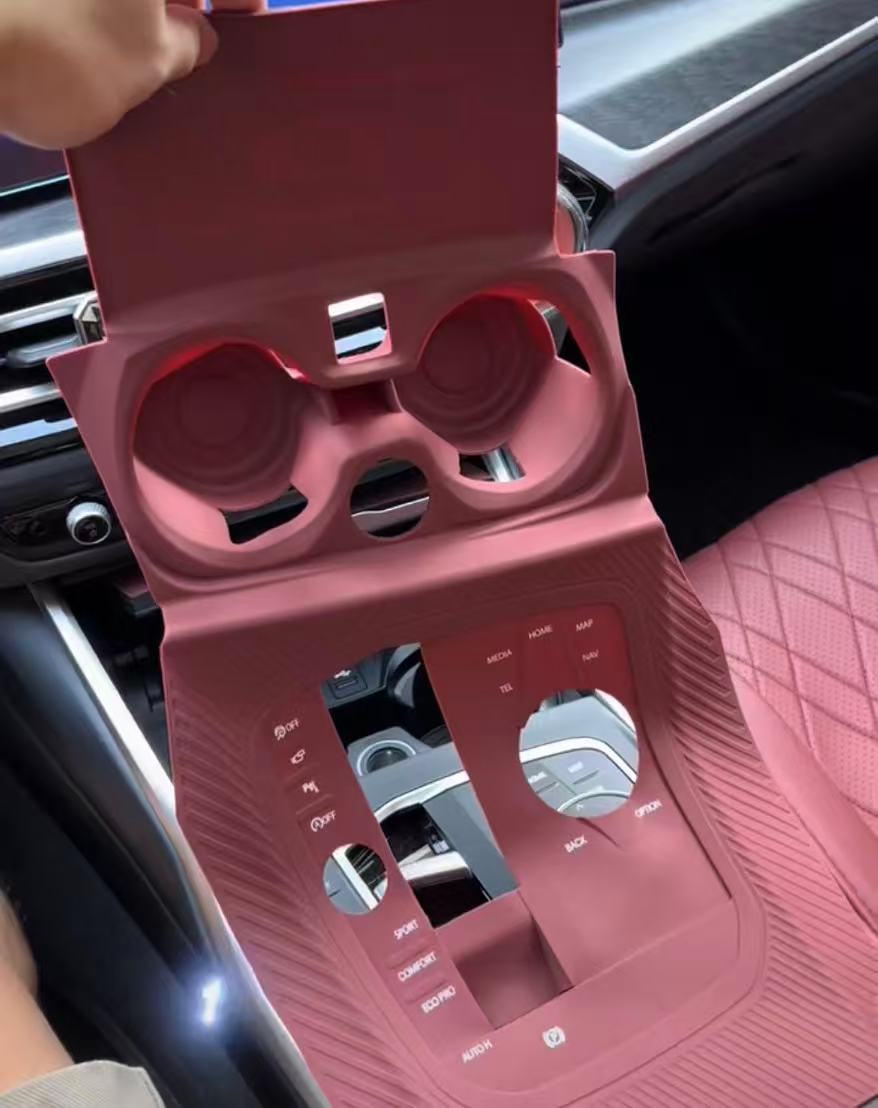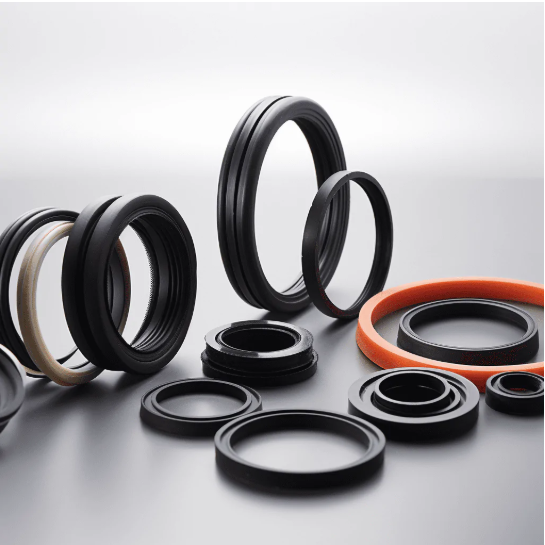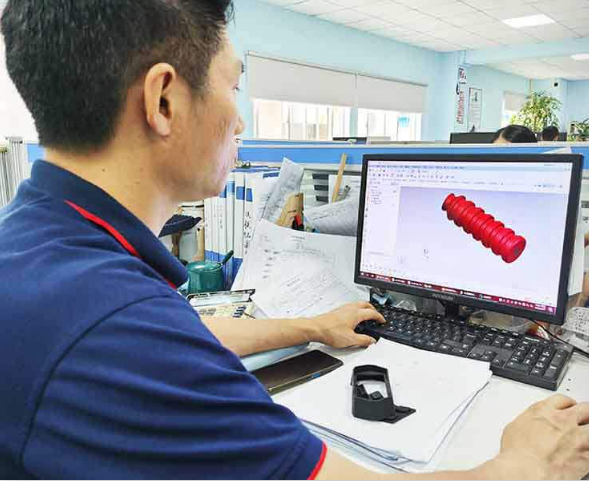Liquid Silicone 3D Embossing Process
Upload Time:
Oct 13, 2025
The Liquid Silicone 3D Embossing Process is widely used in industries requiring precision texturing, durable logos, or functional 3D structures on flexible silicone products, leveraging LSR’s flexibility, safety, and pattern replication capabilities.
Liquid Silicone 3D Embossing Process
The embossing material is applied to the embossing area of the fabric using either the "doctor blade coating" or "screen printing" method:
1. Doctor Blade Coating
Secure the fabric to a workbench (the tabletop must be flat and can be covered with a non-slip mat).
Pour the embossing material along the edge of the fabric.
Use a stainless steel doctor blade (held at a 30–45° angle with uniform pressure) to scrape the material in a single direction.
Control the coating thickness according to the pattern requirements: typically 0.3–1mm for standard designs, and 1–2 mm for 3D patterns to enhance dimensionality.
Ensure the coating is free of gaps (missing areas) and air bubbles.
2. Screen Printing
For complex patterns (e.g., fine textures or intricate designs):
Prepare a screen stencil matching the target pattern. Select the mesh count (80–120 mesh) based on the material's viscosity-lower mesh counts are suitable for higher-viscosity materials.
Lay the fabric flat on the printing table. Align the screen stencil with the positioning lines marked on the fabric to ensure pattern accuracy.
Pour the embossing material onto the screen stencil.
Use a squeegee (with a hardness of 70–80 Shore A) to press vertically and scrape the material across the stencil. Ensure the material fully penetrates the gaps between the fabric fibers for strong adhesion.
3. Positioning and Pressing
Transfer the fabric with the applied embossing material to the embossing machine's workbench.
Align the fabric with the embossing mold according to the design position (positioning marks such as alignment lines or registration holes can be attached to the workbench to prevent pattern misalignment).
Start the embossing machine and apply pressure:
0.3–0.6 MPa for silicone embossing;
0.2–0.4 MPa for PU adhesive embossing;
Reduce pressure to 0.1–0.2 MPa for knitted fabrics to avoid fabric deformation.
Maintain the set temperature during pressing. Adjust the pressing time based on the material's curing speed:
10–20 seconds for silicone embossing;
8–15 seconds for PU adhesive embossing;
Extend the time for thicker coatings (e.g., 25–30 seconds for 2 mm-thick silicone).
Key Principle
During the heat-pressing process:
The embossing material cures (hardens) under heat.
The 3D texture of the mold is "replicated" onto the surface of the material, forming the desired raised pattern.
Active components in the material (e.g., silane coupling agents in silicone) undergo a chemical reaction with the fabric fibers, creating a strong and durable bond.

Its common applications span multiple sectors, with core use cases as follows:
1. Consumer Electronics Accessories
• Protective Cases: Emboss anti-slip 3D textures (e.g., grid, wave patterns) on silicone phone/tablet cases to enhance grip; or add brand logos with raised, tactile embossments for brand recognition.
• Wearable Device Parts: Produce silicone wristbands for smartwatches with embossed size markers, patterns, or brand names—ensuring the details are wear-resistant and not easily faded.
2. Baby Care & Daily Necessities
• Baby Products: Manufacture silicone feeding bottle nipples with embossed anti-choke flow channels (precision 3D structures control milk flow) or silicone teething toys with raised texture dots (safe for chewing and soothing gums).
• Kitchenware: Create silicone baking mats with embossed measurement scales (clear, heat-resistant) or silicone food storage lids with embossed sealing ribs (enhancing airtightness).
3. Medical & Healthcare Products
• Medical Devices: Produce silicone seals for respiratory equipment or insulin pens with embossed precision grooves (ensuring airtightness and stable assembly);or silicone finger cots with embossed anti-slip patterns for surgical operations.
• Healthcare Accessories: Make silicone orthopedic braces with embossed pressure-relief protrusions (fitting the body’s curves and reducing skin friction) or silicone hearing aid ear tips with textured surfaces (preventing slipping).
4. Automotive Interior Components
• Interior Trim: Manufacture silicone door handle covers or center console pads with embossed grain textures (matching the car’s interior style) or anti-slip embossments (preventing items from sliding during driving).
• Sealing & Gasket Parts: Produce silicone gaskets for car air conditioners or audio systems with embossed positioning ribs (ensuring accurate installation and dustproof performance).
Relevant News





